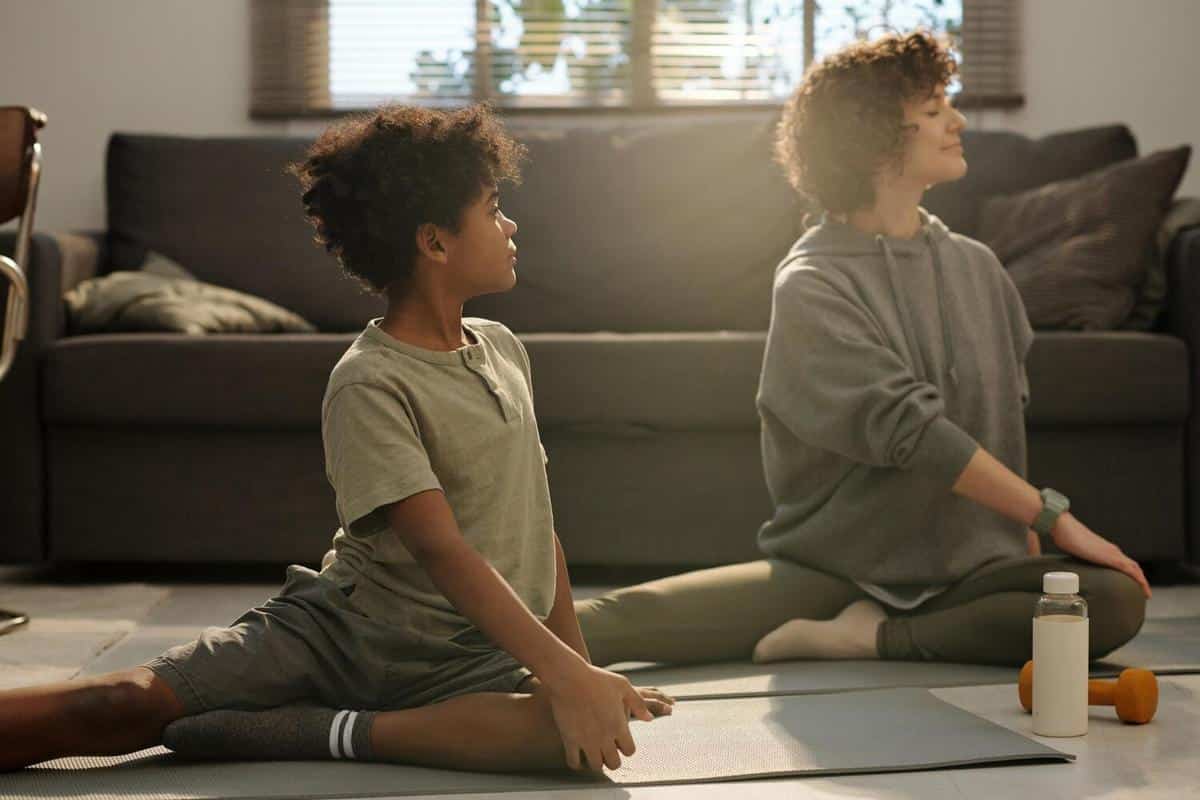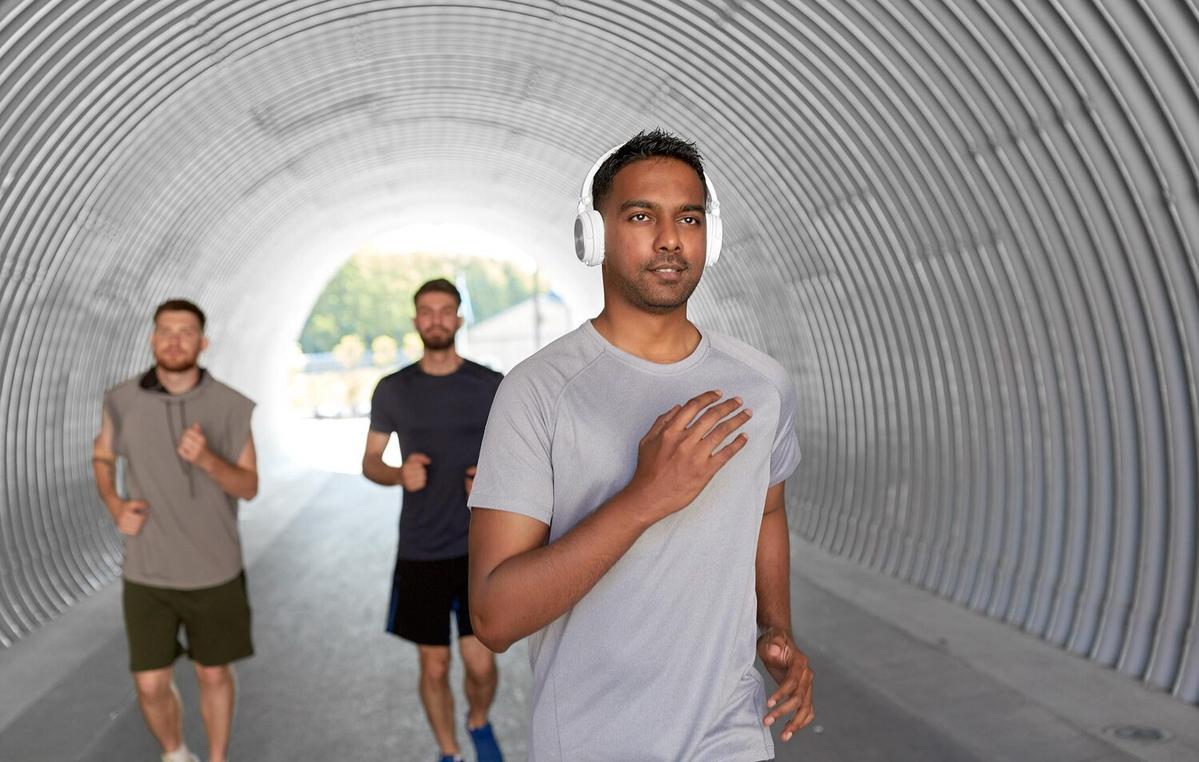
Innovative Approaches to Managing ADHD Through Exercise
Exploring the intersection of mental health and fitness reveals innovative strategies for managing ADHD through exercise, a topic gaining traction as more individuals seek holistic approaches to well-being.
The Connection Between Exercise and ADHD
Attention Deficit Hyperactivity Disorder, or ADHD, affects millions worldwide, presenting challenges in attention, hyperactivity, and impulsivity. While medication and therapy remain primary treatments, exercise emerges as a promising adjunctive approach. Research indicates that physical activity can enhance attention and executive functioning, crucial for those with ADHD.
Expert Opinions
Dr. John Ratey, an Associate Clinical Professor of Psychiatry at Harvard Medical School, emphasizes exercise’s impact on the brain: “Exercise turns on the attention system, the so-called executive functions—sequencing, working memory, prioritizing, inhibiting, and sustaining attention.” This insight underscores the potential of incorporating regular physical activity into ADHD management plans.
Relevant Research
Studies have shown that children and adults with ADHD who engage in regular exercise experience improvements in attention span, mood, and cognitive function. A study from the Journal of Attention Disorders found that physical activity significantly reduced symptoms of ADHD in children, highlighting exercise as an effective non-pharmacological intervention.
Personal Anecdotes
Consider the story of Selena, a college student diagnosed with ADHD. By integrating a daily routine of running and yoga, Selena noticed a marked improvement in focus and stress management, transforming academic and social interactions.
Actionable Tips to Incorporate Exercise
- Start Small: Begin with manageable activities like walking or cycling. Gradually increase intensity and duration.
- Diverse Activities: Engage in various exercises to maintain interest—consider team sports, swimming, or dance.
- Set Goals: Establish clear, achievable fitness goals. Celebrate milestones to maintain motivation.
- Consistency is Key: Create a regular exercise schedule to build habit and routine.
- Mindful Movement: Incorporate mindfulness practices, such as yoga or tai chi, to enhance focus and relaxation.
Comparing Exercise Types
| Exercise Type | Benefits for ADHD |
|---|---|
| Aerobic (Running, Cycling) | Improves cardiovascular health, boosts mood, enhances focus |
| Strength Training | Increases physical strength, supports body awareness, reduces stress |
| Yoga | Promotes mindfulness, reduces anxiety, increases flexibility |
| Team Sports | Encourages social interaction, boosts self-esteem, improves coordination |
| Martial Arts | Improves discipline, enhances focus, builds self-control |
| Dancing | Enhances coordination, boosts mood, encourages creativity |
| Swimming | Full-body workout, reduces stress, improves endurance |
| Hiking | Connects with nature, improves mood, promotes cardiovascular health |
FAQs
Does exercise replace medication for ADHD?
No, exercise is a complementary approach and should be used alongside prescribed treatments.
What is the recommended duration of exercise for ADHD management?
Aim for at least 30 minutes of moderate exercise most days of the week.
Can exercise help adults with ADHD?
Yes, adults with ADHD can benefit from regular physical activity, experiencing improvements in focus and stress reduction.
Are certain exercises more effective for ADHD?
Activities that engage both mind and body, like yoga and martial arts, may offer additional benefits by promoting mindfulness and focus.
Conclusion
Incorporating exercise into the daily routine of individuals with ADHD can be transformative, offering a natural and effective way to manage symptoms. By exploring diverse activities and establishing consistent habits, individuals can harness the benefits of physical activity to enhance their overall well-being. For those interested in learning more, resources like ADHD Foundation offer additional insights and support. Embrace the journey of integrating exercise into your life and discover the positive changes it can bring.


